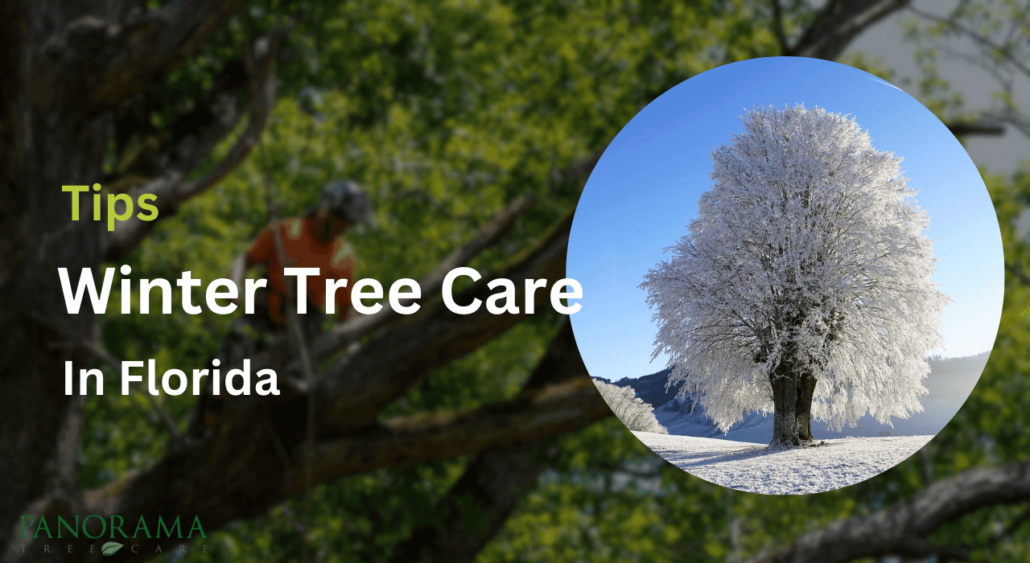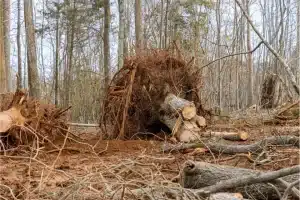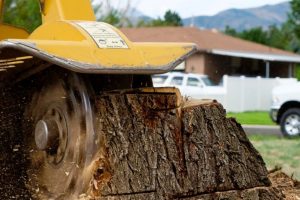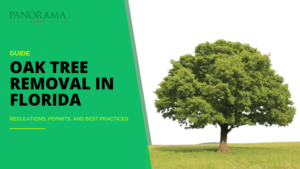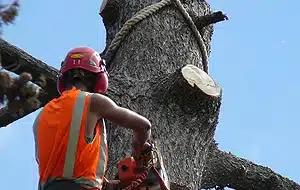Even though Florida boasts a subtropical climate, the winter months can still pose challenges for tree owners.
While the Sunshine State may not experience the harsh winters of northern regions, it’s crucial to understand the unique needs of your trees during this time.
At Panorama Tree Care, we’ve been helping Floridians maintain their arboreal treasures for years, and we’re here to share our expertise with you.
Proper Watering: A Thirsty Tree is a Stressed Tree
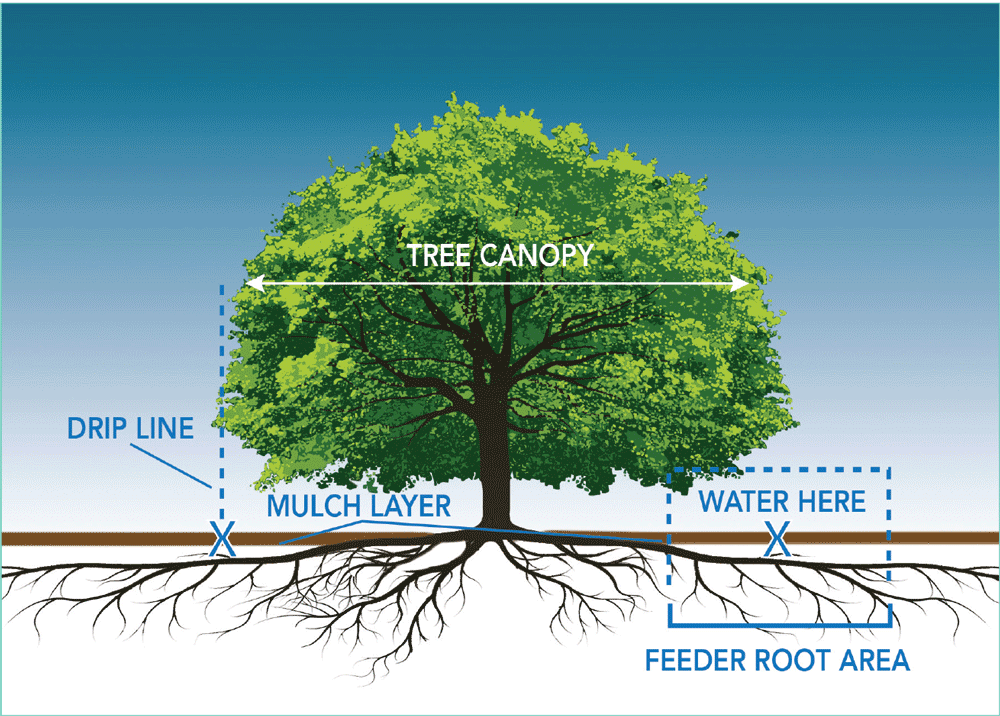
Contrary to popular belief, trees don’t go into a complete dormancy during the winter months. While their growth rate slows down, they still require adequate moisture to sustain their biological processes and prepare for the upcoming spring season.
Neglecting proper watering during this time can lead to severe stress and potential long-term damage to your trees.
Even though temperatures are cooler and evaporation rates are lower, the combination of dry air, wind, and occasional warm spells can quickly deplete the soil moisture around your trees.
This lack of hydration can cause the roots to dry out, leading to potential root damage or even death in extreme cases.
To ensure your trees stay well-hydrated, it’s essential to monitor rainfall levels and supplement with irrigation if necessary.
A general guideline is to provide at least one inch of water per week, either through natural precipitation or supplemental watering.
However, keep in mind that factors such as soil type, tree species, and age can influence the exact water requirements.
Newly planted trees are particularly vulnerable to drought stress during their first few years, as their root systems are still developing and may not be able to access deeper soil moisture reserves.
Pay close attention to these young trees and water them more frequently if needed, ensuring the soil around their root zones remains consistently moist but not waterlogged.
When watering, it’s best to apply water slowly and deeply, allowing it to penetrate several inches into the soil.
This encourages deeper root growth and helps the water reach the majority of the root system.
Avoid shallow, frequent watering, as this can promote shallow root development, making your trees more susceptible to drought stress in the future.
Frost Protection: Shielding Your Trees from Jack Frost’s Bite
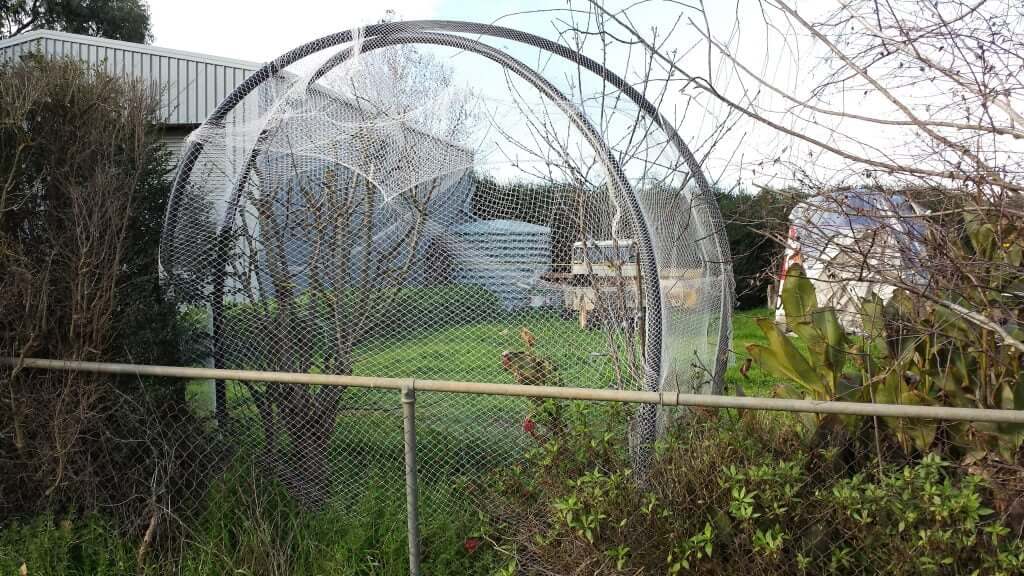
Even though Florida is known for its warm, subtropical climate, occasional cold snaps and frost events can still occur, especially in the northern parts of the state.
While these frost episodes may be infrequent, they can cause significant damage to certain tree species if proper precautions are not taken.
Trees that originate from tropical or subtropical regions, such as citrus trees, bougainvillea, and hibiscus, are particularly vulnerable to frost damage.
These plants are not adapted to withstand freezing temperatures, and their tender leaves, stems, and branches can suffer from discoloration, wilting, and even death if exposed to prolonged frost conditions.
To shield your trees from Jack Frost’s icy bite, consider implementing protective measures when frost is forecasted.
One effective method is to wrap the trunks and lower branches of your trees with insulating materials like burlap or commercial tree wraps.
These materials help to retain the warmth radiating from the ground and prevent direct exposure to the freezing air.
For smaller trees and shrubs, you can also drape old sheets, blankets, or frost cloths over them, creating a protective barrier against the cold.
However, it’s essential to ensure that these coverings do not come into direct contact with the plant material, as this can cause additional damage from moisture buildup or abrasion.
When using coverings, it’s crucial to remove them promptly once the temperatures rise above freezing. Leaving them on for extended periods can lead to overheating, moisture buildup, and potential disease issues.
In addition to physical protection, you can also take measures to warm the air around your trees during frost events.
Strategically placing outdoor heaters or running sprinklers (if the temperatures are not too low) can help raise the ambient temperature and prevent frost from settling on your plants.
Remember, not all tree species are equally susceptible to frost damage. Native Florida trees and those adapted to cooler climates may be better equipped to handle occasional frost events.
However, it’s always better to err on the side of caution and take preventative measures to protect your valuable trees, especially if you have invested in more sensitive species.
Pruning and Trimming: A Winter Makeover for Your Trees
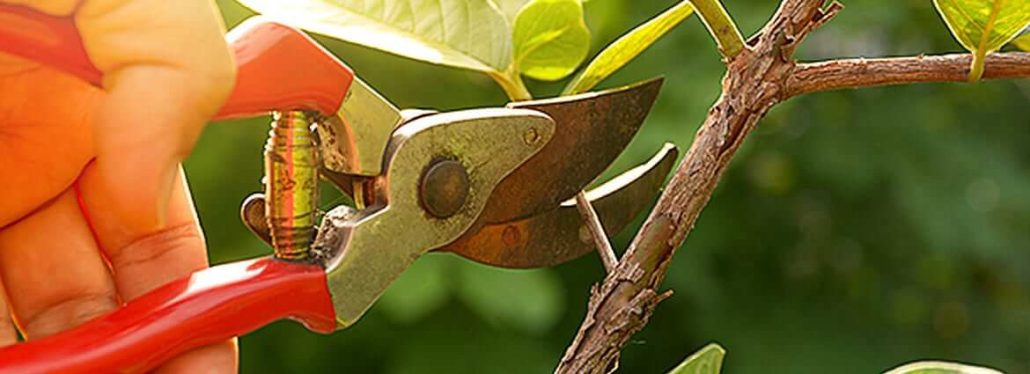
Winter is widely considered the optimal time for pruning and trimming trees in Florida.
During this period, most trees enter a dormant state, conserving their energy and slowing down their growth processes.
This dormancy makes it an ideal time to perform pruning tasks, as the tree can better allocate its limited resources towards healing the pruning wounds and preparing for the upcoming spring growth flush.
When pruning during the winter months, your primary focus should be on removing any dead, diseased, or rubbing branches.
Dead and diseased branches can harbor pests or pathogens, potentially spreading issues to the rest of the tree if left unchecked. Rubbing branches, on the other hand, can cause bark damage and create entry points for diseases or insects.
In addition to removing problematic branches, winter pruning is also an excellent opportunity to thin out the canopy of your trees.
By selectively removing some of the inner branches, you can improve air circulation throughout the canopy.
Better airflow helps prevent the buildup of moisture, which can lead to fungal diseases, and also discourages pest infestations by reducing the number of hiding spots.
However, it’s important to note that not all tree species have the same pruning requirements or tolerate pruning during the same time frame.
Some trees, like live oaks, are best pruned during the cooler months to avoid potential issues with oak wilt disease.
Others, like mango trees, should be pruned just before the onset of their growing season to minimize stress and promote healthy new growth.
Before embarking on any major pruning or trimming, it’s wise to research the specific needs of your tree species.
For the healthiest results and expert attention to timing, our winter tree trimming in Tampa services ensure each cut is made with precision and the right seasonal knowledge.
Consult reputable sources or seek guidance from certified arborists to understand the appropriate pruning techniques, timing, and extent of pruning required for your particular trees.
Proper pruning not only improves the overall health and appearance of your trees but also enhances their structural integrity, reducing the risk of branch failure or hazardous conditions.
Additionally, by removing excess growth and thinning the canopy, you can better showcase the natural beauty of your trees’ architecture and allow more sunlight to penetrate, benefiting any understory plants or lawns.
Mulching and Insulation: Keeping Your Trees Cozy
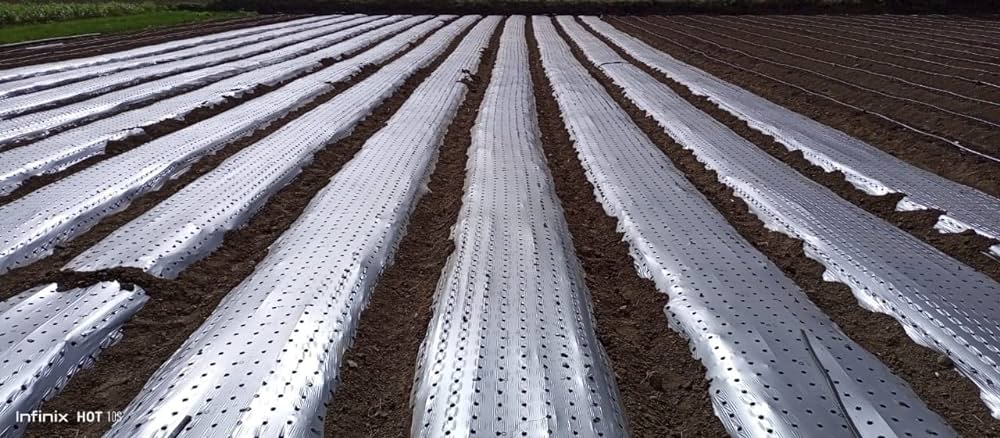
Mulching is a versatile practice that offers numerous benefits for tree health, especially during the winter months.
By applying a layer of organic material around the base of your trees, you create a protective barrier that insulates the roots from temperature extremes and helps regulate soil moisture levels.
When it comes to mulch, there are various options to choose from, including wood chips, shredded bark, leaves, or even pine straw.
These organic materials not only provide insulation but also gradually decompose, adding valuable nutrients to the soil over time. For optimal results, aim to apply a 2-4 inch layer of mulch around the tree’s base, extending out to the drip line (the area where the outermost branches end).
The insulating properties of mulch help protect your trees’ roots from rapid temperature fluctuations, which can be particularly damaging during the winter months.
As the air temperature drops, the mulch acts as a barrier, trapping warmth from the soil and preventing the roots from experiencing the full brunt of the cold.
Conversely, during warmer spells, the mulch helps keep the soil cooler and retains moisture, reducing the risk of drought stress.
In addition to temperature regulation, mulch also plays a crucial role in moisture conservation.
By creating a protective layer over the soil, it prevents excessive evaporation and helps maintain consistent moisture levels around the roots.
This is particularly important during the drier winter months when rainfall may be scarce.
While mulching is a valuable practice for all trees, it’s especially crucial for young or thin-barked trees that are more susceptible to environmental stresses.
These trees often have delicate root systems and lack the protective bark layers of their more mature counterparts, making them more vulnerable to temperature extremes and frost damage.
To provide an extra layer of protection, consider insulating the trunks of these young or thin-barked trees.
This can be done by wrapping the lower portion of the trunk with tree wrap or other insulating materials, such as burlap or cardboard cylinders.
This insulation helps prevent frost cracks and sunscald, which can occur when the trunk experiences rapid temperature changes or exposure to intense winter sunlight.
It’s important to note that while insulating the trunk is beneficial, it’s crucial to remove any wraps or materials once the danger of frost has passed. Leaving them on for too long can trap moisture and encourage disease or pest infestations.
For year-round support, trust seasonal tree maintenance Tampa experts to help your trees thrive through Florida’s fluctuating weather—from winter cold snaps to summer storms.
Panorama Tree Care’s Winter Services
At Panorama Tree Care, we understand the unique challenges of caring for trees in Florida’s climate. Our team of certified arborist is well-equipped to handle all your winter tree care needs, from pruning and trimming to tree removal and stump grinding.
Don’t let the winter months catch you unprepared. Follow these expert tips, or better yet, let the professionals at Panorama Tree Care take the guesswork out of winter tree care.
Don’t let winter weather compromise your landscape—contact us today to schedule professional care that keeps your trees safe, strong, and beautiful all season long.

